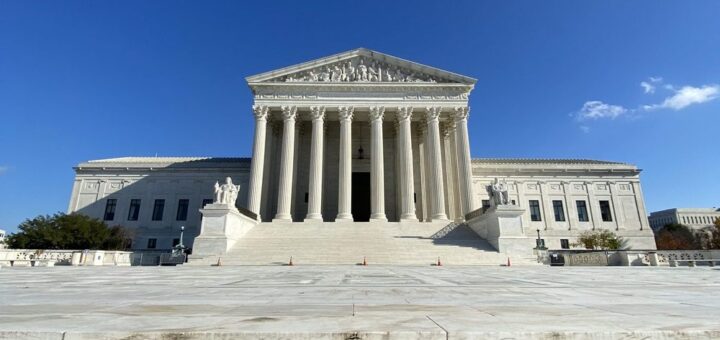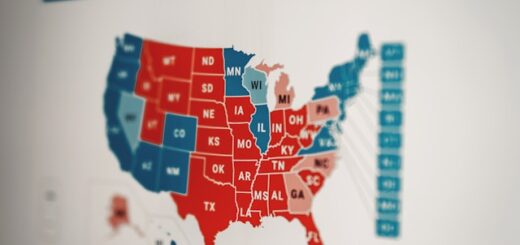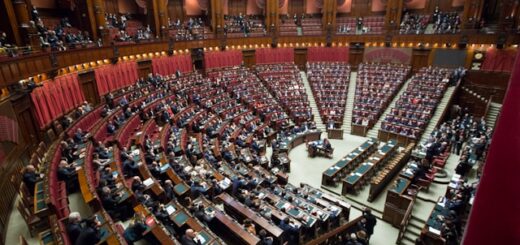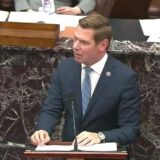
The Supreme Court is the highest court in the judiciary in the United States and is responsible for making sure any laws passed by the legislature are compatible with the US constitution – the overarching set of rules and laws, first written by what are known as the founding fathers, that are the source of government powers.
There are nine judges appointed to the court – each position is nominated when vacant by the president and approved by the Senate. Seats in the court are given on a life basis and vacancies are typically only created when a judge retires or passes away in post, as happened in September 2020 following the death of Ruth Bader Ginsburg who had been in office for 27 years.
While the executive, legislature and judiciary make up the national, federal government, these systems are replicated within the states themselves.
States have governors who take on the executive role as per the president nationally. With the exception of Nebraska, the remaining 49 states all have two chambers – an upper house, or Senate made up of state senators and a lower house (known as the House of Representatives, Assembly or House of Delegates).
In Nebraska, a 1936 referendum saw residents vote to get rid of the two chamber system in favour of one house – the Nebraska Legislature, made up of state senators.
States also have their own Supreme Courts which act as the state’s highest court of appeal and interpret state laws.
A number of states actually hold elections for their Supreme Court vacancies, with 82 seats across 35 states to be decided in the November 2020 elections.
It means some voters will not only have to decide on who they want to be president in 2020, but also make decisions on their state’s House of Representatives members, senators, state governors, legislatives, judges and other officials as well as a series of state-wide referendums – a busy night awaits for those counting ballots this November!
















